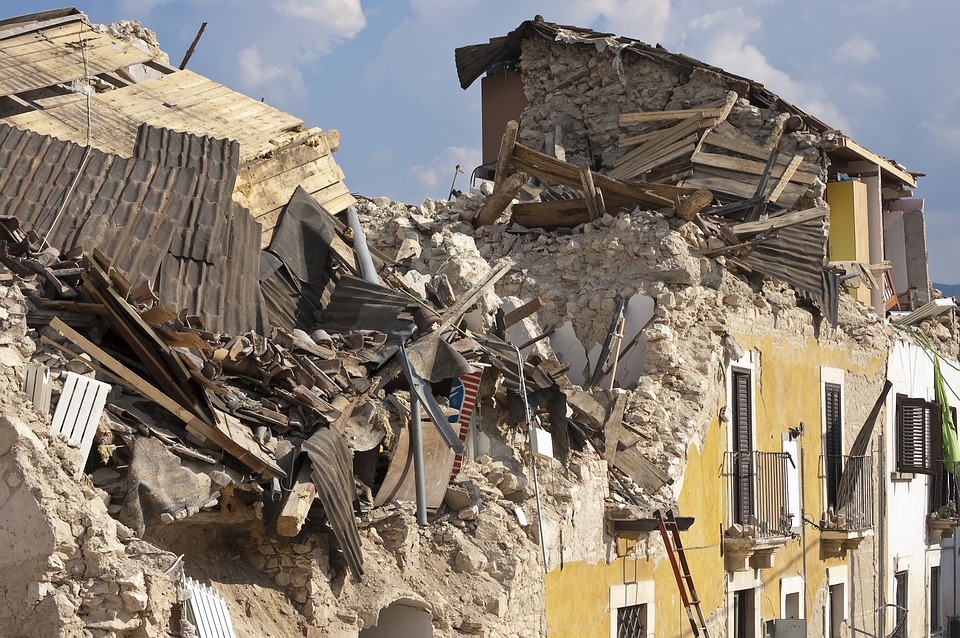This post is also available in:
 עברית (Hebrew)
עברית (Hebrew)
By Arie Egozi
Holding a national drill to practice procedures in the event of an earthquake is very good, however, all the preparations seem minor in comparison to the failures in this sphere.
These failures are mainly the result of the slow implementation process of the old buildings reinforcement program. The major problem is the bureaucratic difficulties posed by the different organizations.
On Sunday, June 11th, the National Emergency Authority, the Israeli Police, the Home Front command, and the government offices have launched the largest earthquake preparedness drill ever taking place in Israel.
The authorities are practicing response to harsh damages to site and infrastructure, food and water airborne supply, the establishment of a field hospital, communication infrastructure deployment, the building of dozens of tents for people evacuated from their homes, etc. The National Emergency Authority has been advancing the campaign regarding the drill, led by the Israeli Police and supported by the IDF and the Home Front Command, government ministries and all the emergency and first responder organizations, including the fire fighters and the MDA.
The climax of the drill is planned on Wednesday, June 14th: various earthquake scenarios will be practiced with the response of the emergency organizations.
Some 1,000 participants were invited to the demonstration, including ministers and parliament members, heads of local authorities, emergency authorities members and others.
During the drill, all the Israeli emergency organizations will practice coping with a complex scenario of a devastating earthquake over vast territories, which would cause the death of thousands, destroy tens of thousands of buildings, hundreds of thousands of displaced and a severe damage to infrastructure. During the drill, the preparedness of government ministries, emergency organizations and local authorities would be put to the test, on the national, regional and local levels, with emphasis on the coordination between the organizations and their response capabilities.
Towards the national drill “Earthquake 2017”’ the National Emergency Authority initiated a special survey which examined the public’s awareness to the feasibility of an earthquake and its preparedness to this scenario. The survey conducted by Kelim Shluvim Institute included an internet questionnaire with 500 participants, which consist a representative sample of the Jewish population in Israel.
The first question was an open one – what are the major threats the government has to prepare for, to your opinion? In response to this question, only 0.8% of the responders mentioned an earthquake, while 30% mentioned terrorism/Intifada, 14% mentioned a security threat, and 13% mentioned a social economic threat.
All the experts agree that preparing to an extreme earthquake scenario is positive, but that in effect it is very difficult to implement in an optimized way.
The scare and chaos that would prevail in case buildings collapse would be so extreme that no preparations could actually help.
But of course it is possible to prepare in order to minimize the amount of casualties, and this has actually been done. The problem lies in the failing execution of the building reinforcement program due to unclear bureaucratic problems that are typical to the State of Israel, no matter if you’re dealing with the building of a new neighbourhood or preparing to a huge disaster.

i-HLS Editor-in-Chief


























